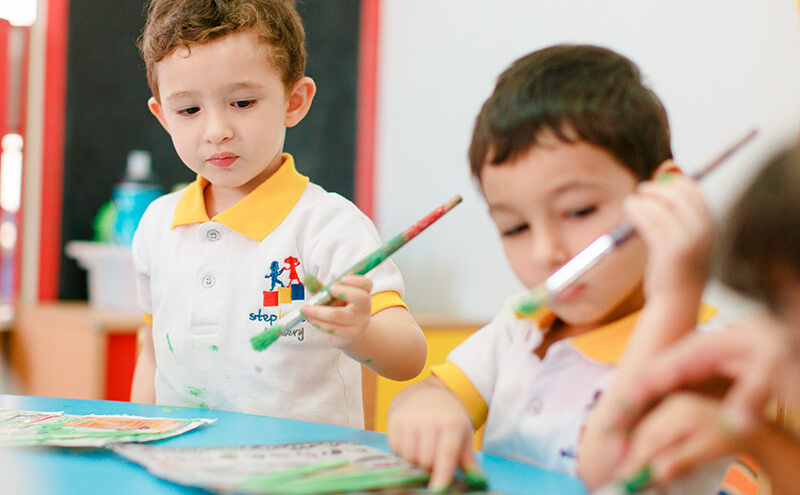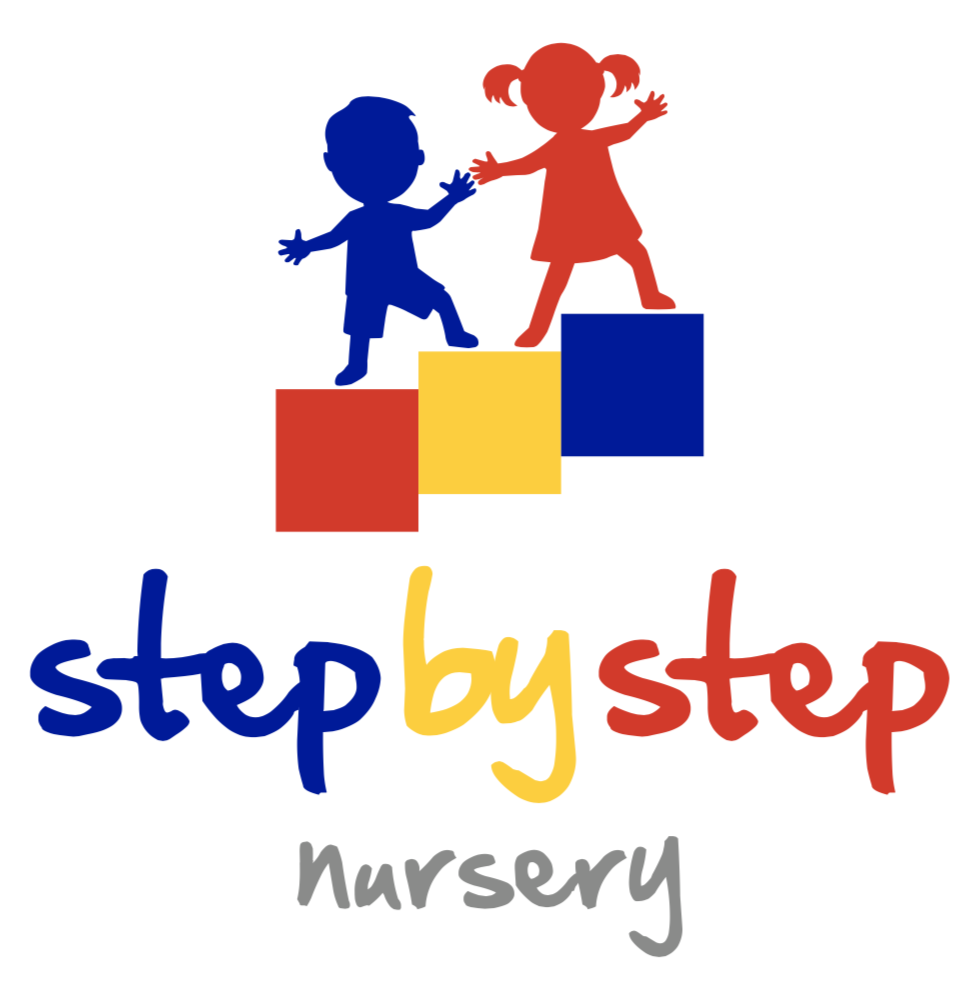
Prewriting is the first stage in the writing process. Writing readiness skills are the fundamental skills that children need to develop before they are able to write. It begins with scribbling as a baby and turns into lines, circles, and other shapes as they grow. These scribbles, lines and shapes are the basics of letter formation and are essential in the development of handwriting. Children learn these lines and strokes in a developmental sequence, according to their age.
Children need to build up their hand strength through fine motor skills before actually writing. These skills contribute to the child’s ability to hold and move a pencil fluently, and the ability to draw, write, copy, and colour. Pre-writing activities not only help little learners learn shapes and structures of the letters, they aid in the development of hand-eye coordination, finger dissociation and finger strength. Many of these activities also involve sensory play and development.
Pre-writing activity examples
Many of these activities engage multiple senses and children love activities that appeal to their sense of touch, sight and smell.
- Sand trays
- Beads
- Shaving foam
- Play-dough
- Cotton swabs and paint
- Blocks
- Bubble Wrap
- Squishy bags
What are the building blocks necessary to develop writing readiness (pre-writing skills)?
- Hand and finger strength: An ability to exert force against resistance using the hands and fingers that allows the necessary muscle power for controlled movement of the pencil.
- Crossing the mid-line: The ability to cross the imaginary line running from a person’s nose to pelvis that divides the body into left and right sides.
- Pencil grasp: The efficiency of how the pencil is held
- Hand eye coordination: The ability to process information received from the eyes to control, guide and direct the hands in the performance of a task such as handwriting.
- Bilateral integration: Using two hands together with one hand leading (e.g. holding and moving the pencil with the dominant hand while the other hand helps by holding the writing paper).
- Upper body strength: The strength and stability provided by the shoulder to allow controlled hand movement for good pencil control.
- Object manipulation: The ability to skilfully manipulate tools (including holding and moving pencils and scissors) and controlled use of everyday tools (such as a toothbrush, hairbrush and cutlery).
- Visual perception: The brain’s ability to interpret and make sense of visual images seen by the eyes, such as letters and numbers.
- Hand dominance: The consistent use of one (usually the same) hand for task performance, which allows refined skills to develop.
- Hand division: Using just the thumb, index and middle finger for manipulation, leaving the fourth and little finger tucked into the palm stabilizing the other fingers but not participating.


